Foods that defined the ’50s
The 1950s was a decade of innovation and change, especially in the kitchen. Families were beginning to embrace the convenience of modern appliances and new food products.
This era marked a notable shift from traditional home-cooked meals to more convenient options, reflecting the post-war economic boom and changing lifestyle. The introduction of new technologies made it easier for families to prepare meals quickly, leaving more time for leisure activities that were becoming popular during this period.
The Rise of Convenience Foods
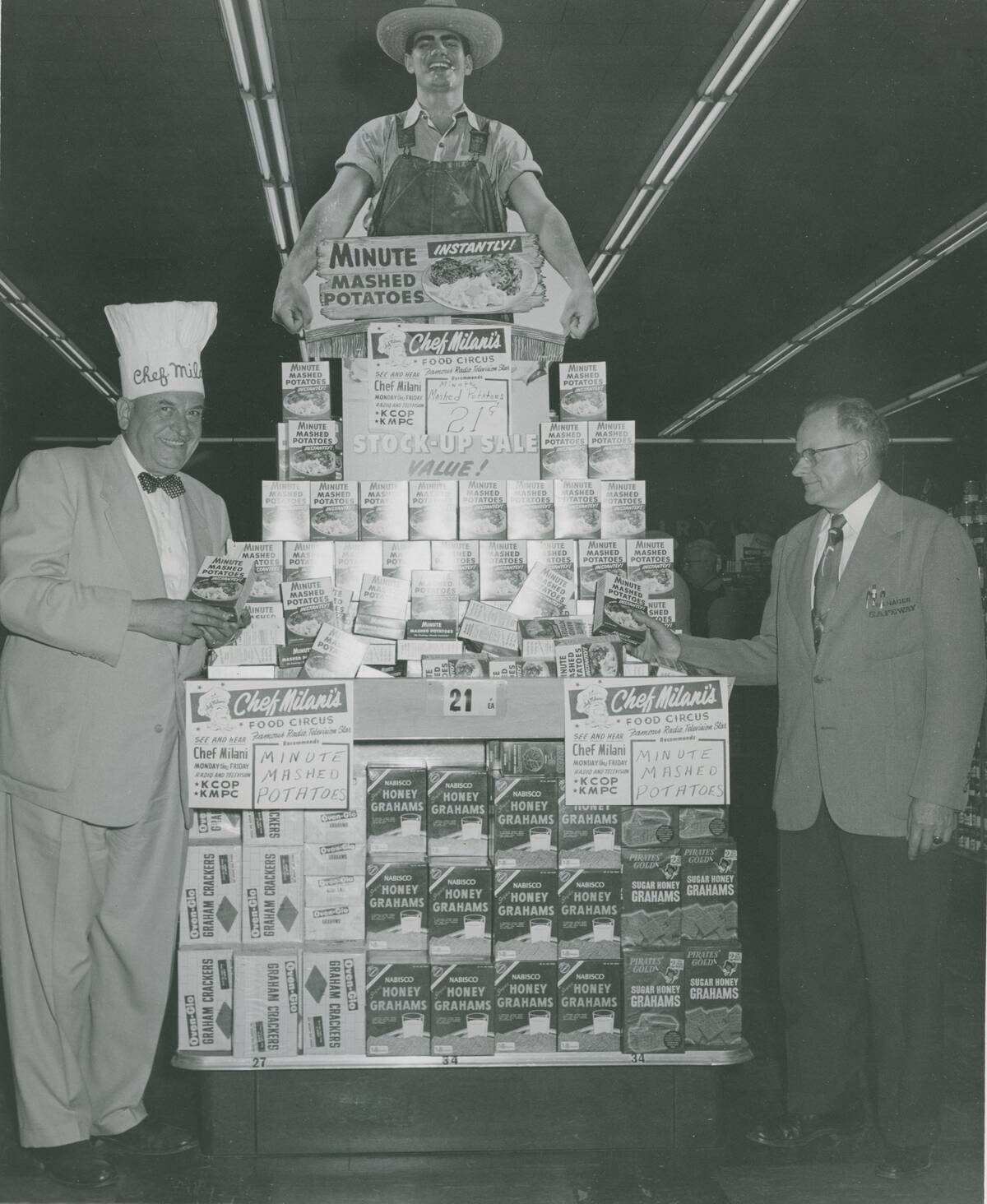
Convenience foods began to take center stage in the 1950s, with more households relying on them for quick meal solutions. The demand for these products was driven by the desire for efficiency and time-saving in the kitchen.
As more women entered the workforce, these products offered a way to balance work and family life. Processed foods like canned soups, boxed mixes, and frozen meals became staples, transforming the American diet and forever changing how families approached meal preparation.
TV Dinners: A New Era of Dining
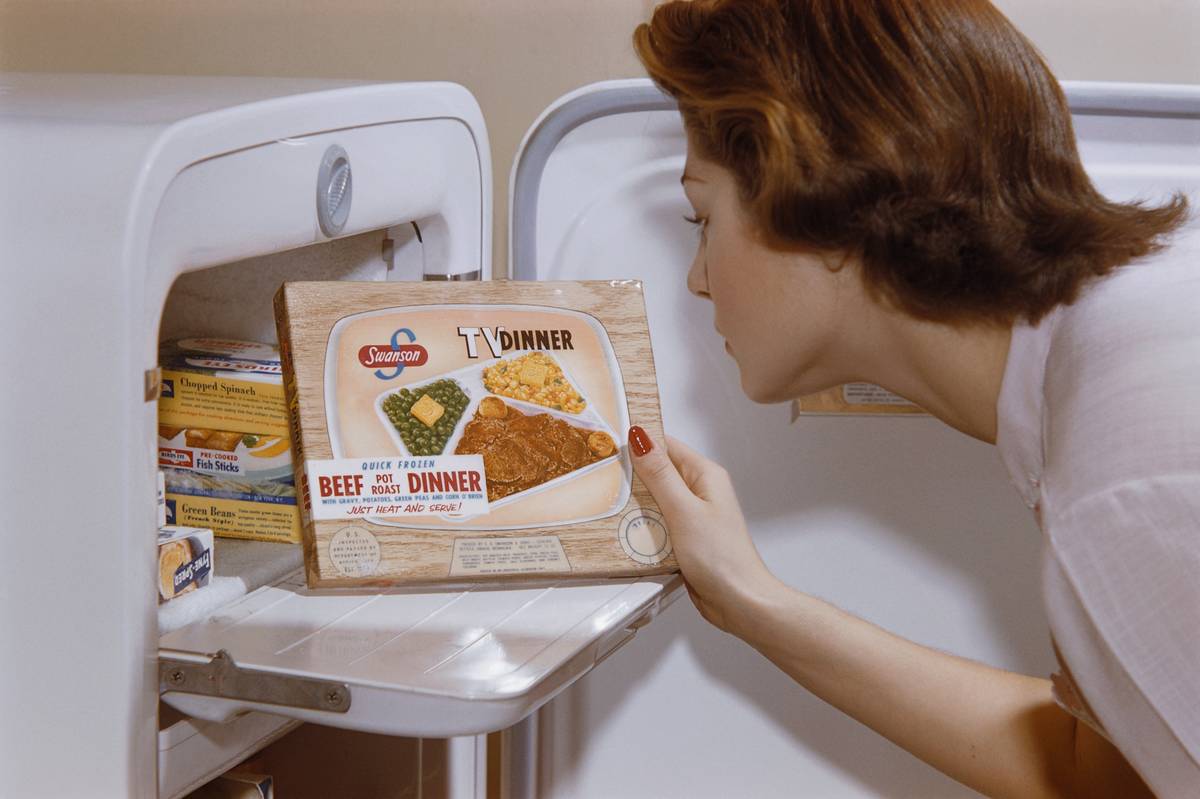
TV dinners emerged as a revolutionary dining concept during the 1950s, offering the ultimate in convenience. Swanson, a leading brand, introduced these pre-packaged meals in 1953, featuring a variety of dishes all in one tray.
This innovation catered to the growing trend of families spending evenings in front of the television. With compartments separating main courses and sides, TV dinners became a symbol of modern living and a precursor to the fast-food culture that would dominate later decades.
The Ubiquitous Casserole
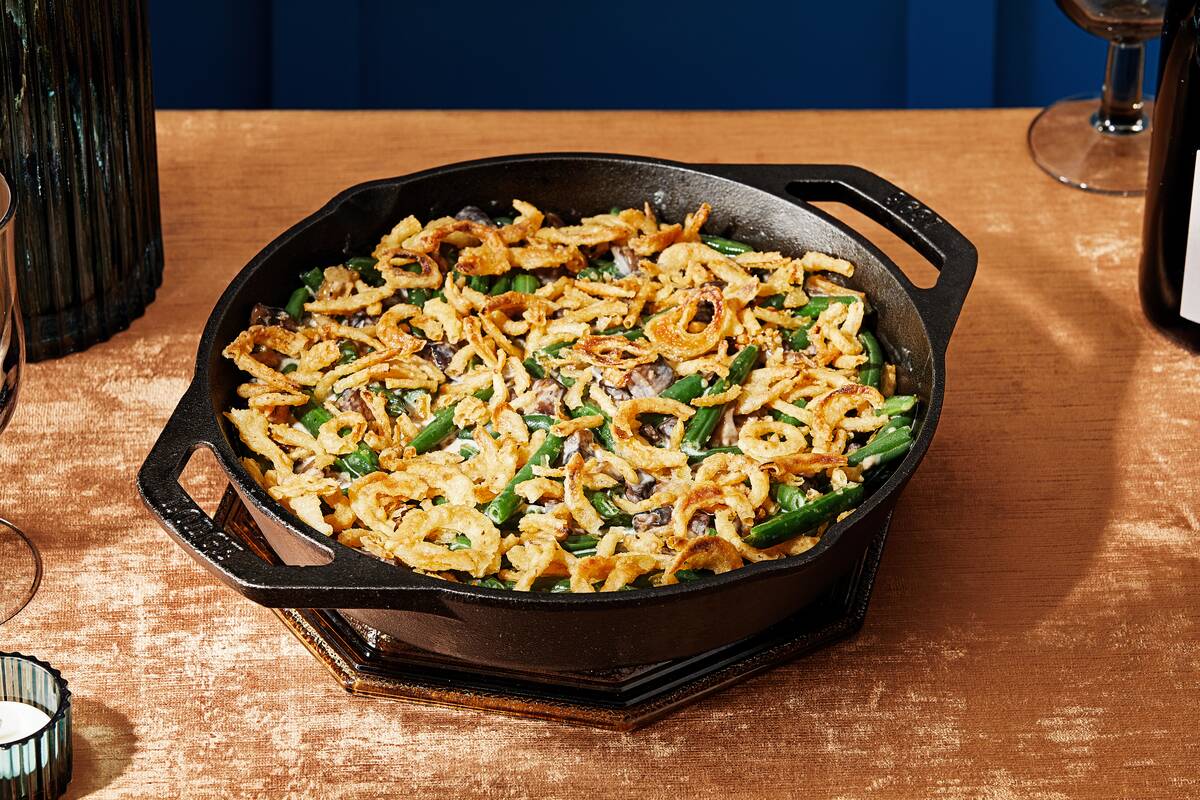
Casseroles were the quintessential 1950s comfort food, beloved for their simplicity and versatility. These one-dish meals were perfect for feeding a family, often made with ingredients like canned soup, pasta, and vegetables.
The Green Bean Casserole, for instance, was invented by Dorcas Reilly when she worked at the Campbell Soup Company in 1955 and quickly became a holiday staple. Casseroles capitalized on the convenience food trend, allowing home cooks to create hearty meals with minimal effort and a bit of creativity.
Jell-O: The Wiggly Delight
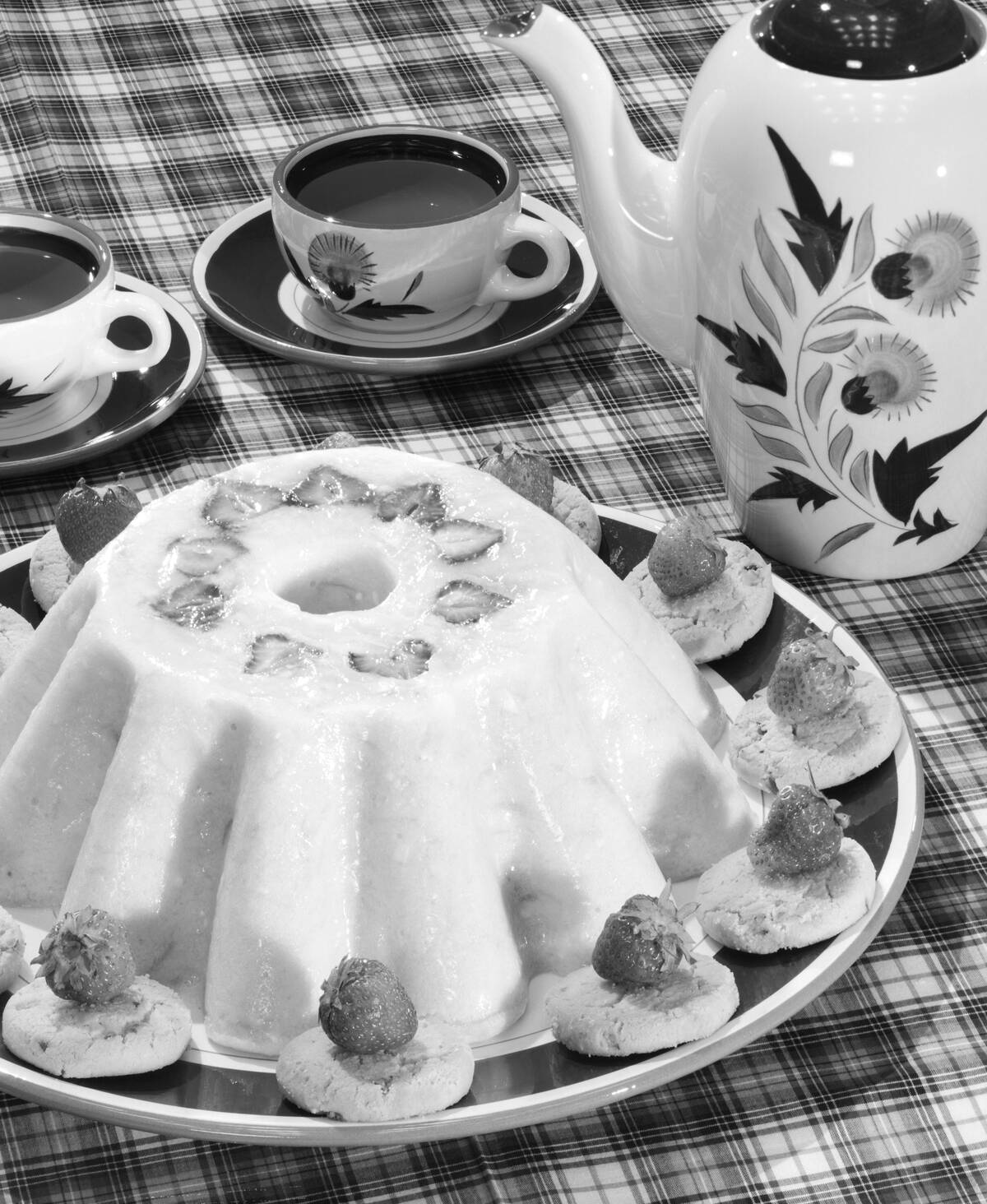
Jell-O was a dessert darling of the 1950s, loved for its bright colors and endless possibilities. This gelatin dessert became a household name, often featured in both sweet and savory dishes.
The ease of preparation made it a favorite among busy homemakers, leading to creative recipes like Jell-O salads and molds. Its popularity was so widespread that it even inspired the phrase “There’s always room for Jell-O,” highlighting its status as a beloved American treat.
Meatloaf: The Quintessential Comfort Food
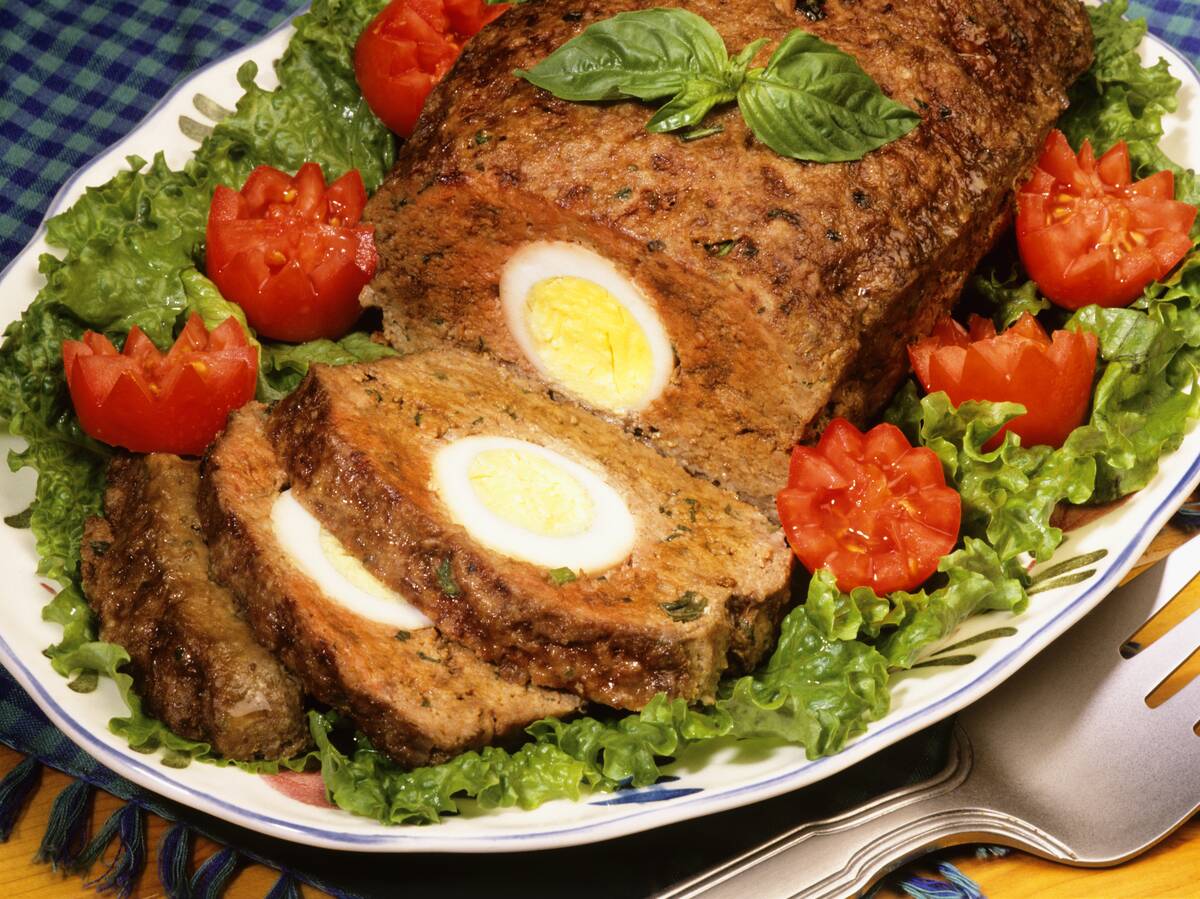
Few dishes scream ‘comfort food’ quite like meatloaf, a staple of the 1950s dinner table. This hearty dish was a go-to for families, combining ground meat with breadcrumbs, eggs, and spices.
Its appeal lay in its affordability and the way it could be personalized with different ingredients. Often served with mashed potatoes and gravy, meatloaf was a symbol of home-cooked goodness and remains a nostalgic favorite for many who grew up in this era.
Deviled Eggs: Party Favorites
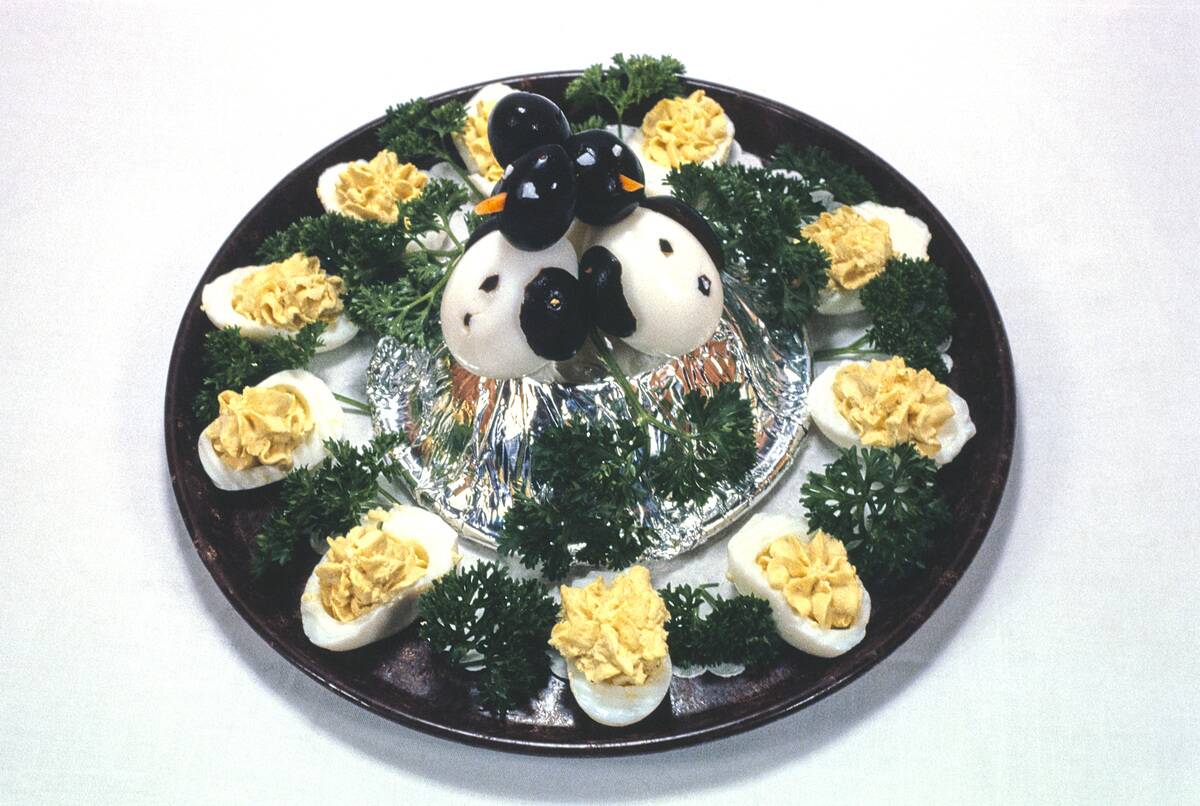
Deviled eggs were the ultimate party snack in the 1950s, featuring a creamy filling of egg yolk, mustard, and mayonnaise. These bite-sized treats were perfect for social gatherings, from backyard barbecues to cocktail parties.
Their popularity soared due to their ease of preparation and the fact that they could be made ahead of time. Often garnished with paprika or pickles, deviled eggs added a touch of elegance to any event, making them a timeless appetizer.
The All-American Hamburger
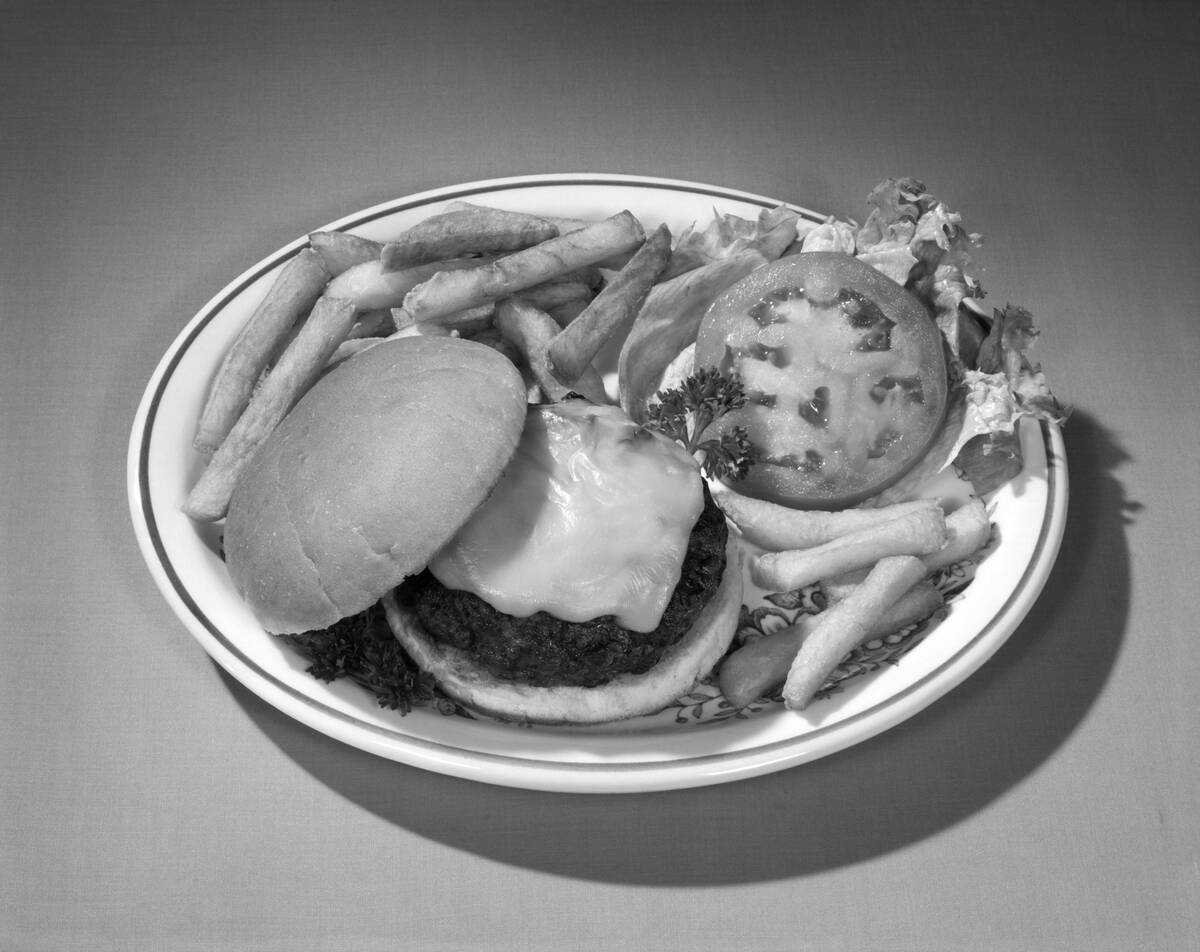
The hamburger became an all-American icon during the 1950s, and was the staple of the then-nascent McDonald’s company. This era saw the standardization of the burger, with a focus on quick service and consistent quality.
The hamburger was the perfect meal for an on-the-go lifestyle, reflecting the changing pace of American life. Its affordability and delicious taste made it a favorite across the nation, cementing its place as a cornerstone of American cuisine.
Pineapple Upside-Down Cake: A Sweet Staple
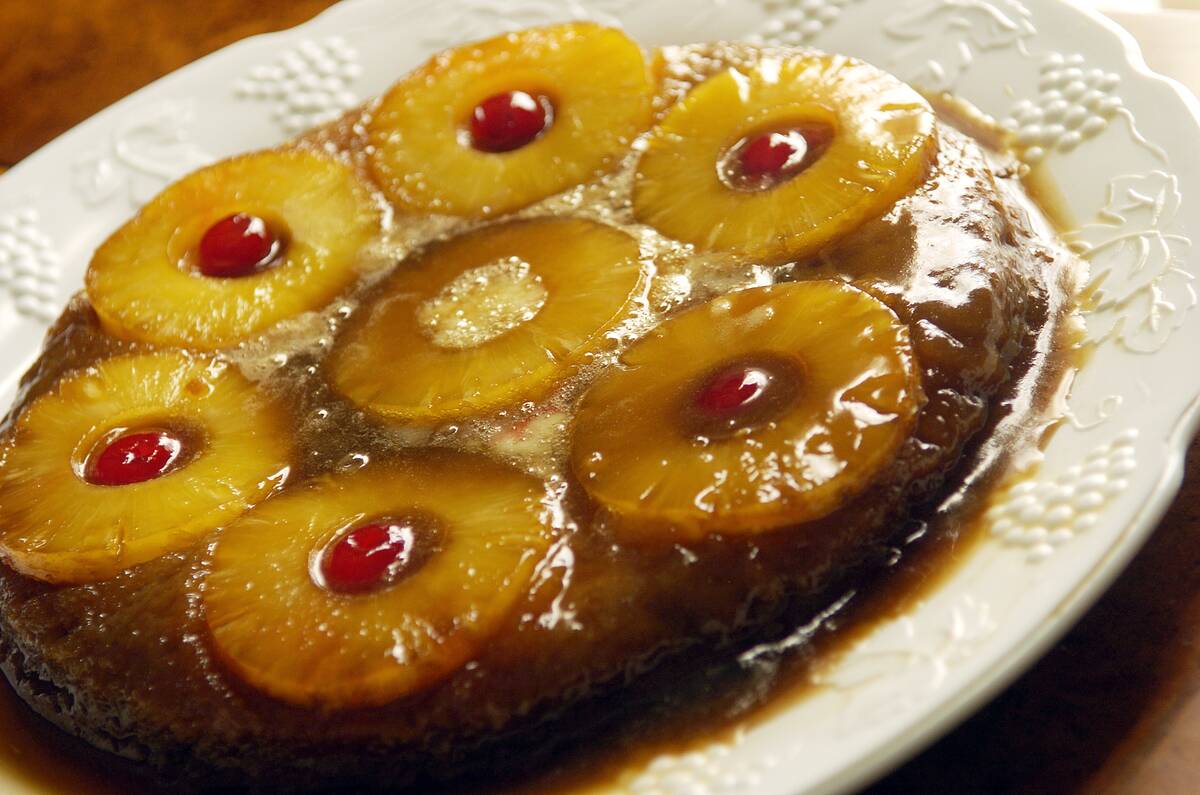
Pineapple upside-down cake was a dessert sensation in the 1950s, celebrated for its eye-catching presentation and sweet, fruity flavor. This cake was made by arranging pineapple rings and cherries at the bottom of a pan, pouring batter over them, and then flipping it after baking.
The result was a caramelized topping that delighted taste buds. It was a staple at family gatherings and potlucks, showcasing the era’s fascination with tropical flavors and easy-to-make desserts.
The Classic Tuna Noodle Casserole
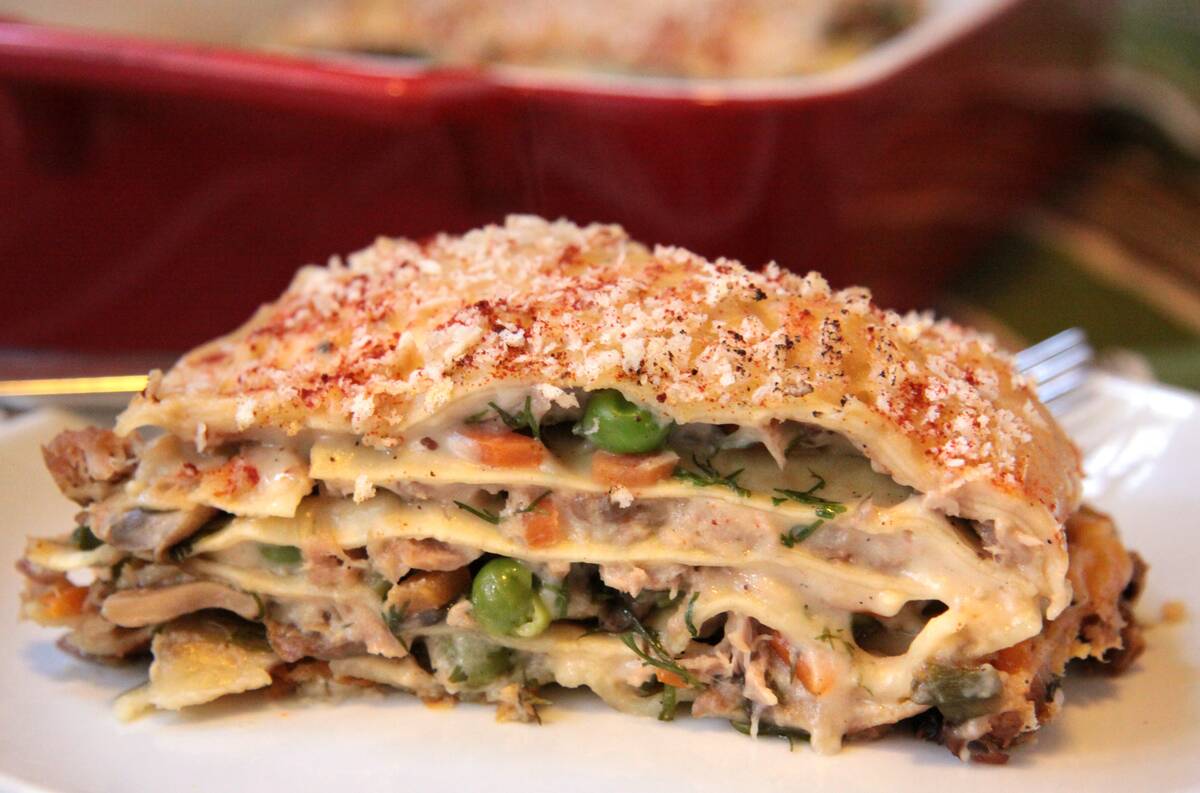
Tuna noodle casserole was a quintessential 1950s dish, combining canned tuna, egg noodles, and a creamy sauce. This economical meal became a household favorite due to its simplicity and comforting taste.
Often topped with crushed potato chips or breadcrumbs for added texture, it was a practical choice for busy families. The casserole’s adaptability meant it could be made with various ingredients, making it a versatile dish that epitomized mid-century American cooking.
Swanson’s Frozen Pot Pies
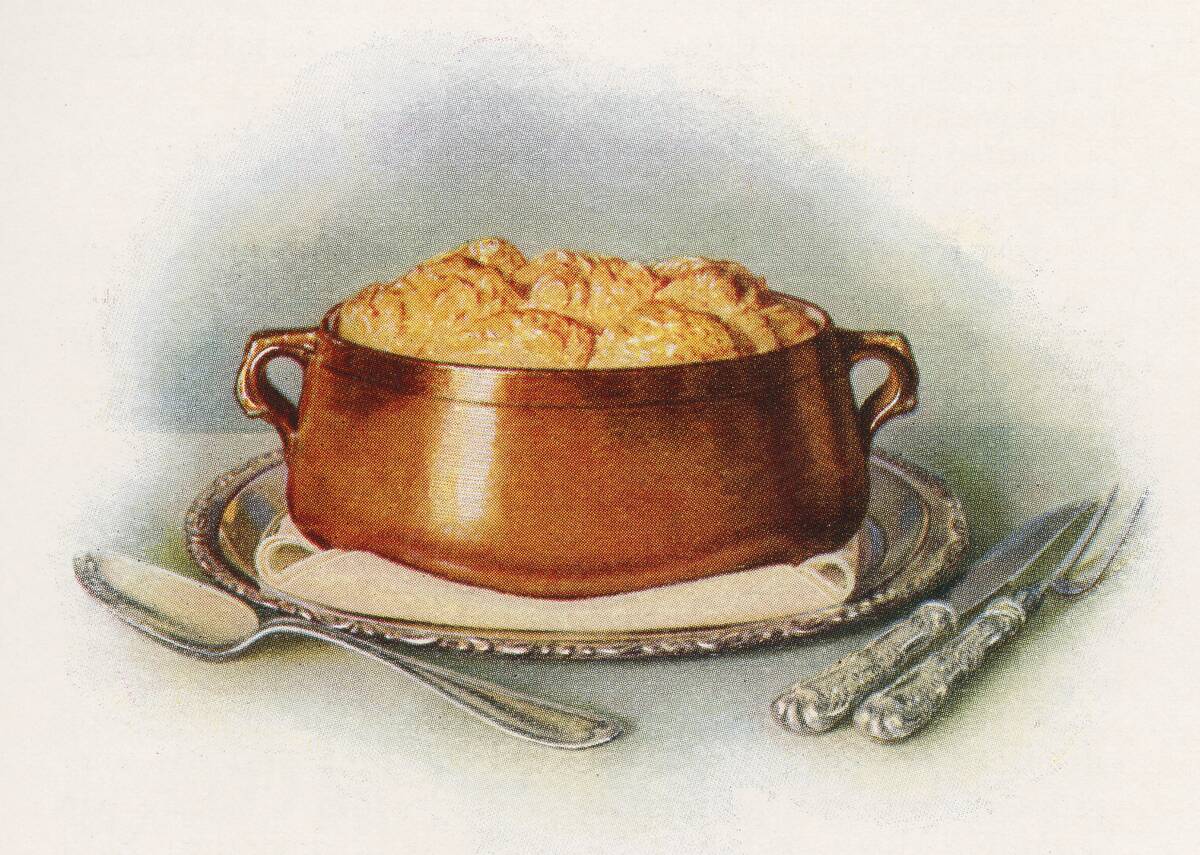
Swanson’s frozen pot pies became a mealtime miracle during the 1950s, offering a convenient alternative to homemade pies. These ready-to-bake meals featured flaky crusts filled with hearty meats and vegetables, providing a satisfying meal in minutes.
The appeal lay in their ease of preparation and the comforting flavors that reminded many of home-cooked meals. Swanson’s success with pot pies was a testament to the growing demand for frozen foods that could be easily prepared at home.
The Advent of Instant Cake Mixes
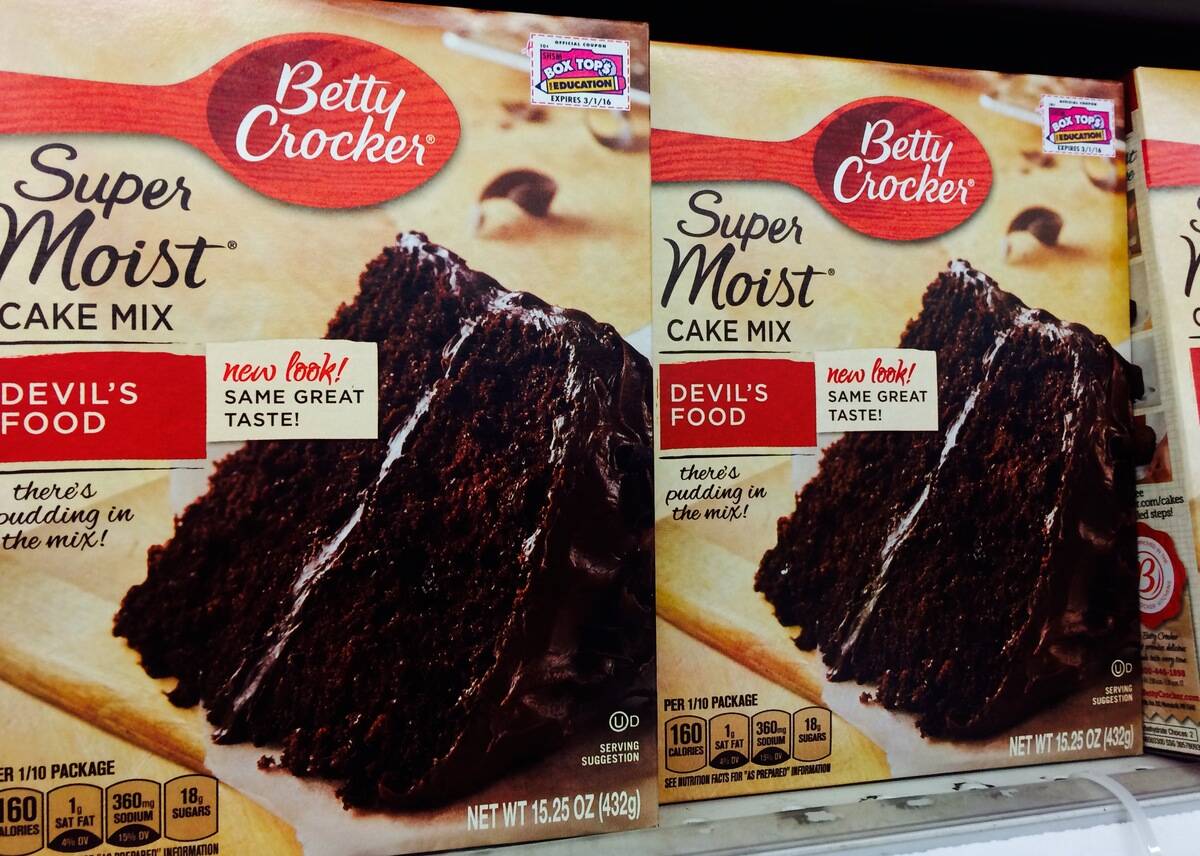
Instant cake mixes revolutionized baking in the 1950s, making it accessible to even the busiest homemakers. Brands like Betty Crocker and Pillsbury capitalized on the trend, offering mixes that required minimal effort for delicious results.
These mixes allowed for creativity, with home bakers able to add their own touches to the cakes. The convenience and reliability of instant cake mixes helped them become a staple in American kitchens, turning every day into a potential celebration with a cake at the center.
SPAM: Love It or Leave It
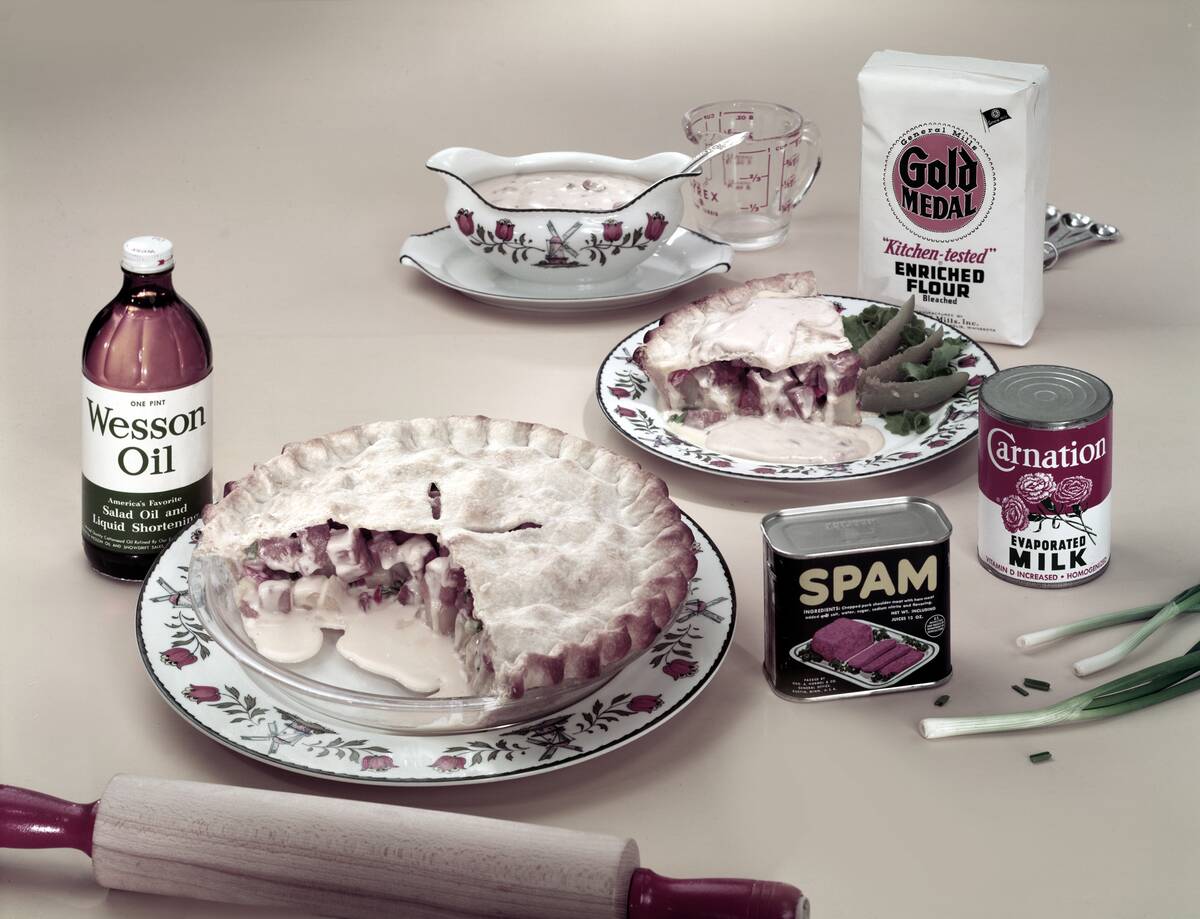
SPAM was a polarizing yet popular meat product in the 1950s, known for its versatility and long shelf life. This canned meat became a pantry staple, particularly in households looking for quick meal solutions.
SPAM could be fried, baked, or added to casseroles, making it a flexible ingredient for various dishes. While some loved its savory flavor, others were less enthused. Regardless, its place in 1950s cuisine is undeniable, reflecting the era’s fascination with convenience foods.
Fondue: A Social Dining Experience
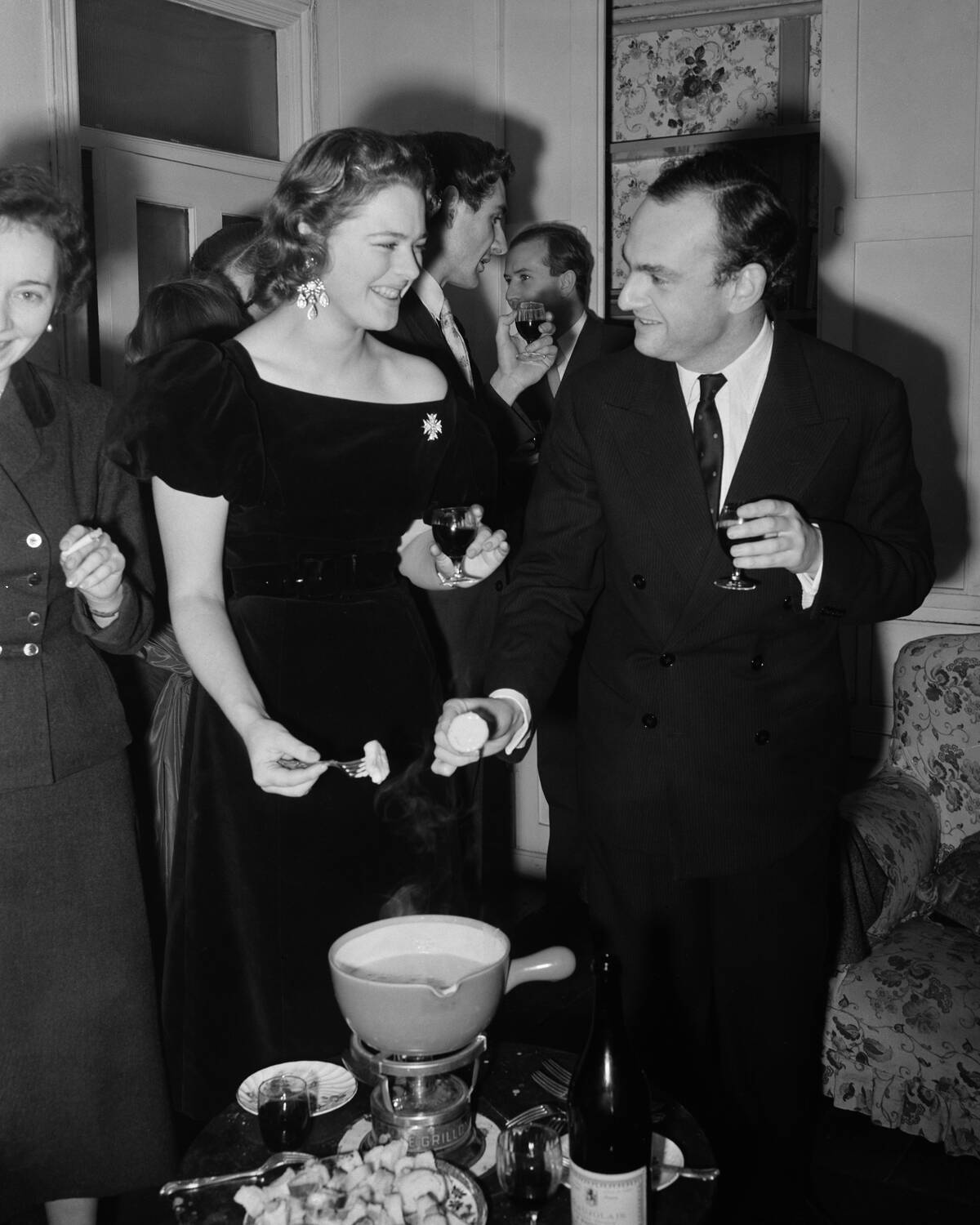
Fondue became a popular dining experience in the 1950s, bringing people together over a communal pot of melted cheese. Originating from Switzerland, this dish involved dipping bread into a warm, gooey mixture, encouraging social interaction and leisurely dining.
Fondue parties became a trend, offering a novel way to entertain guests. The interactive nature of fondue made it a fun and engaging dining experience, perfectly capturing the spirit of mid-century social gatherings.
Baked Alaska: A Show-Stopping Dessert
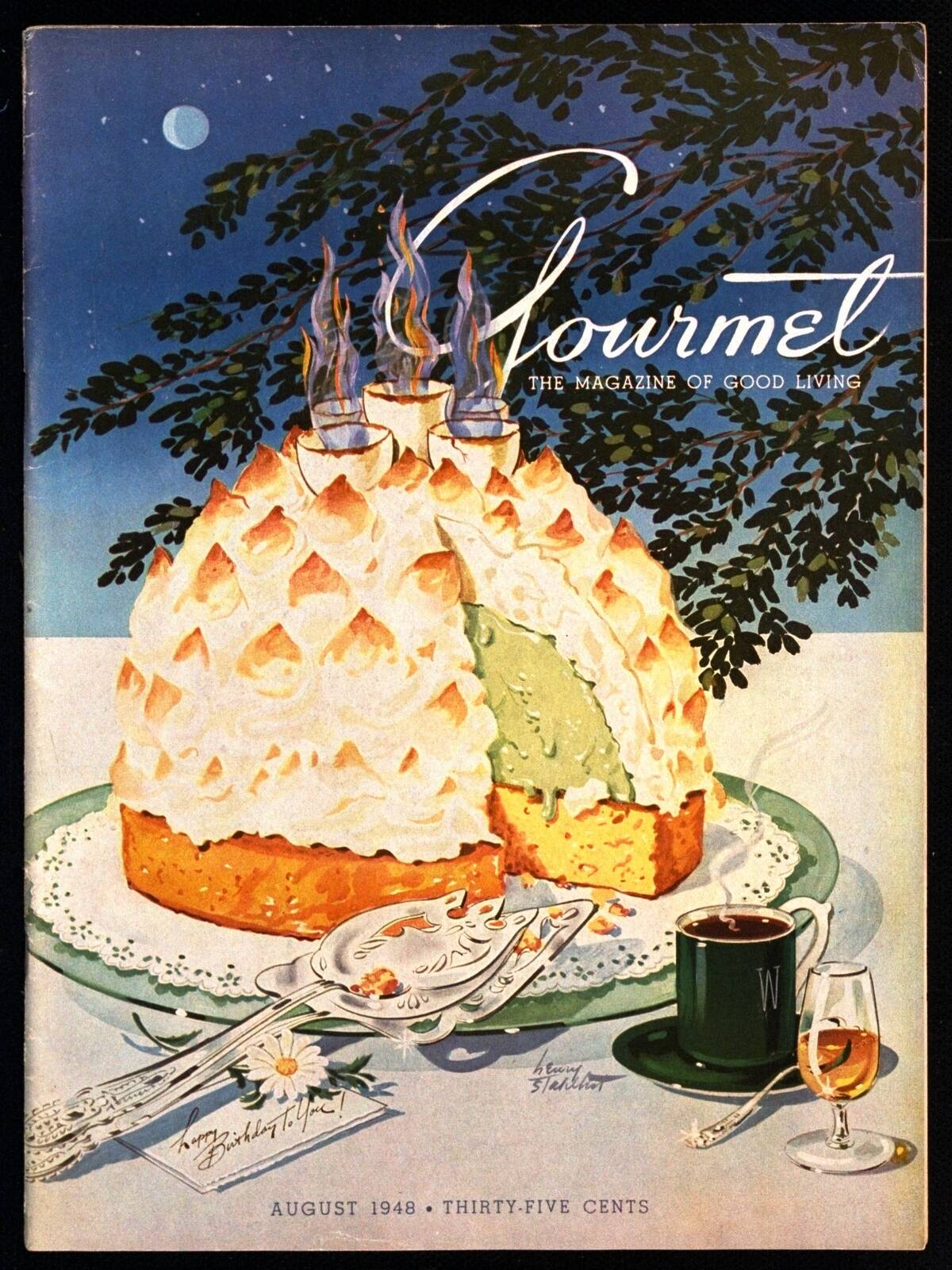
Baked Alaska was the dessert of choice for those looking to impress in the 1950s, known for its dramatic presentation. This dessert featured layers of cake and ice cream, encased in meringue, and briefly baked to create a stunning contrast of hot and cold.
Its eye-catching appearance made it a favorite for dinner parties and special occasions. Baked Alaska’s theatrical flair and delicious taste ensured its place as a memorable treat that dazzled guests.
Chiffon Pies: Lighter-Than-Air Treats
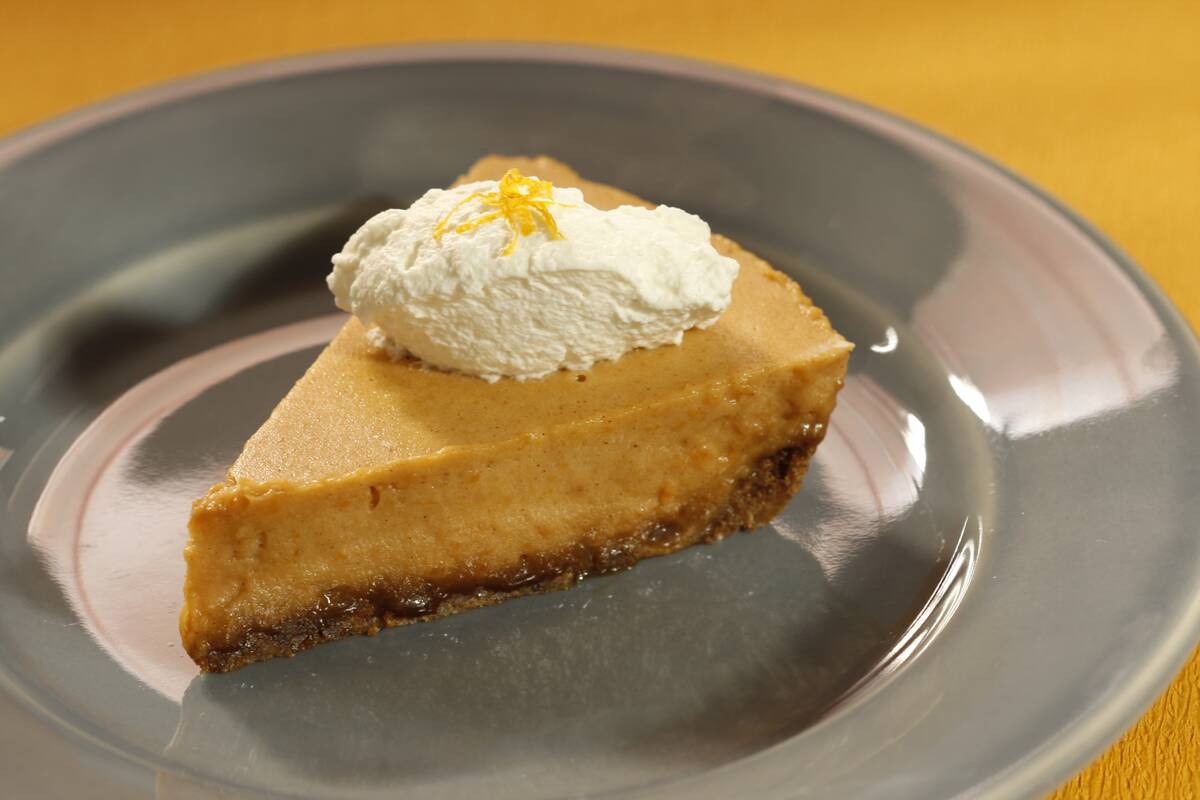
Chiffon pies were the epitome of elegance in the 1950s, prized for their light and airy texture. These pies were made with a combination of fruit fillings and whipped egg whites, resulting in a delicate dessert that seemed to float on the tongue.
Lemon and chocolate chiffon pies were particularly popular, offering a refreshing finish to any meal. The unique texture and delightful flavors made chiffon pies a fashionable choice for those seeking a sophisticated dessert.
The Advent of Tiki Culture and Polynesian Cuisine
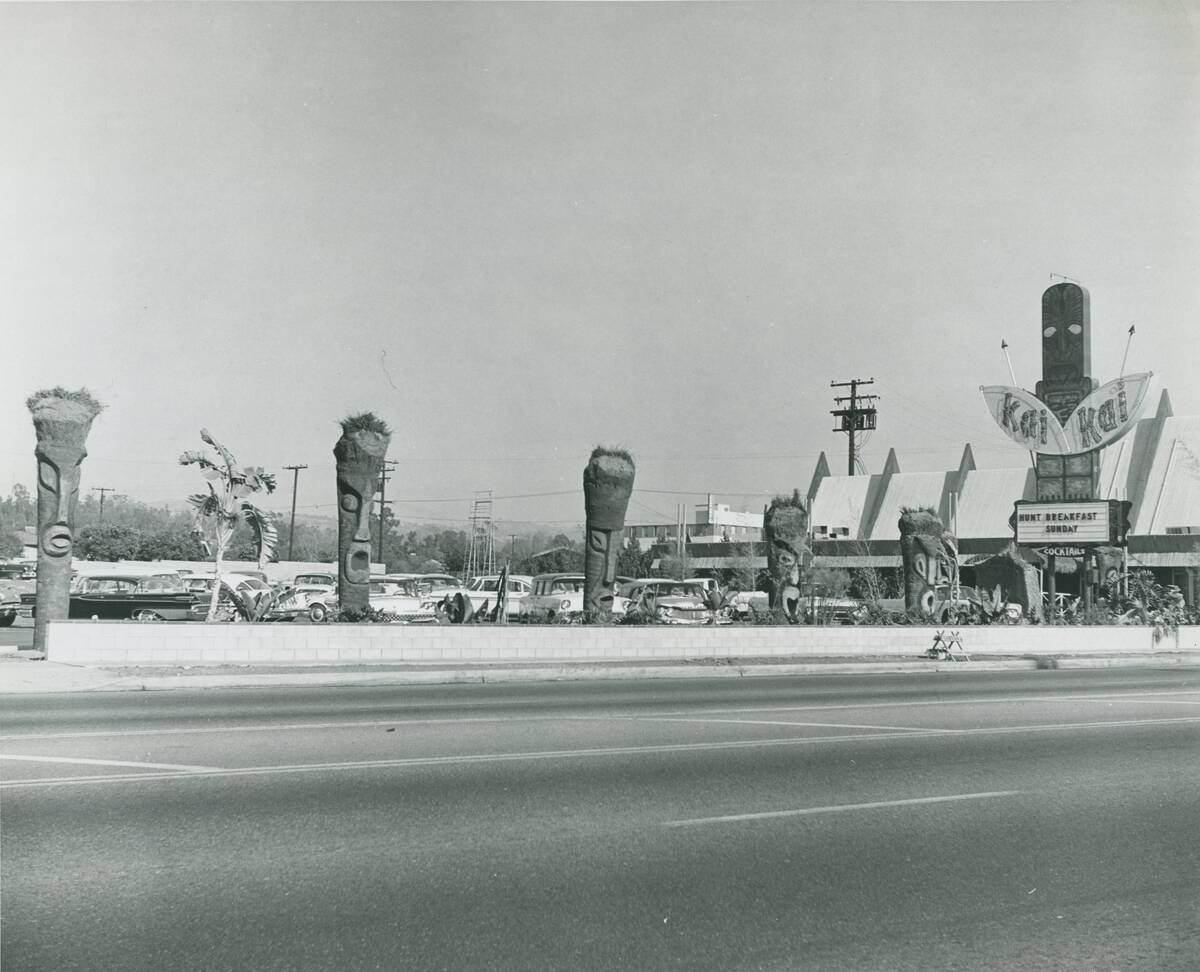
The 1950s saw the rise of Tiki culture, bringing a taste of the exotic to American shores. Restaurants and bars embraced Polynesian themes, serving tropical cocktails and dishes that transported diners to distant islands.
This trend was fueled by a fascination with Hawaii and the South Pacific, reflected in the popularity of rum-based drinks and dishes like pu pu platters. The Tiki craze added a sense of adventure to dining, offering an escape from everyday life.
The Classic Waldorf Salad
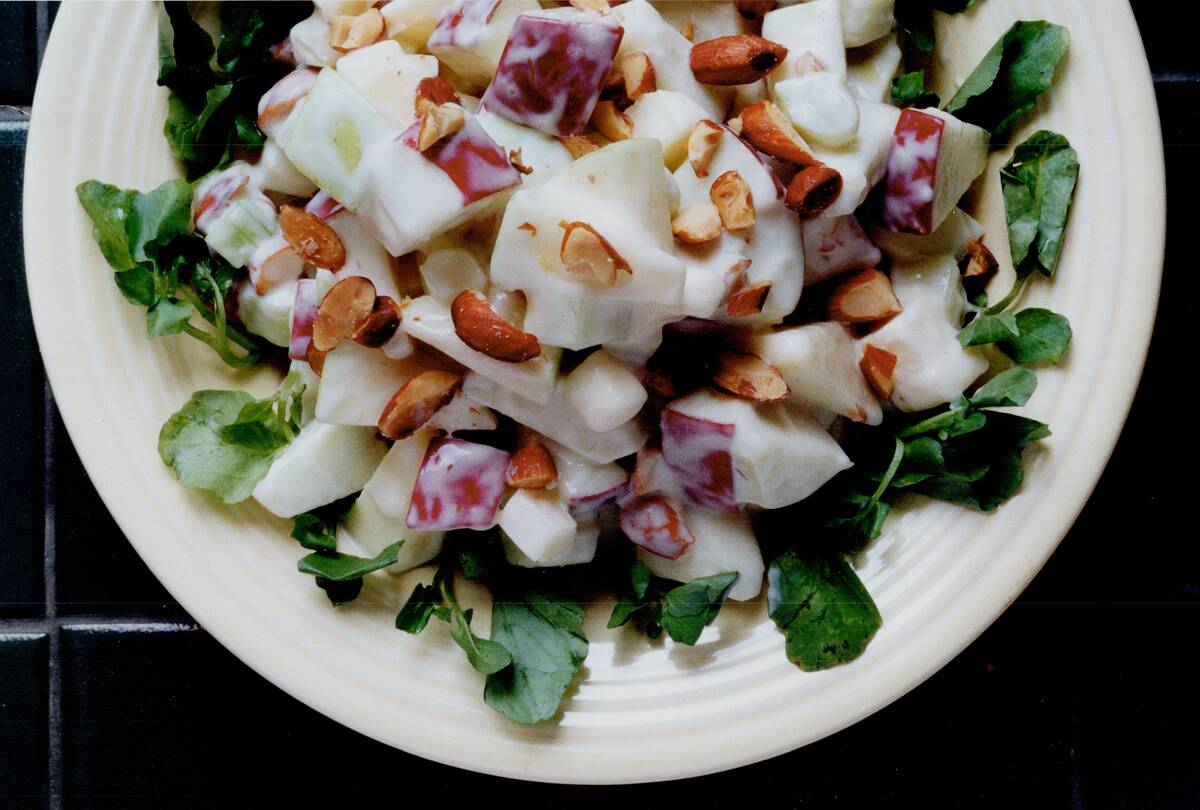
The Waldorf salad, though created in the late 19th century, enjoyed renewed popularity in the 1950s. This classic dish combined crisp apples, celery, walnuts, and mayonnaise, often served on a bed of lettuce.
Its refreshing taste and crunchy texture made it a favorite at luncheons and dinner parties. The salad’s simplicity and elegance embodied the mid-century desire for sophisticated yet accessible dishes, ensuring its place on the American table.



